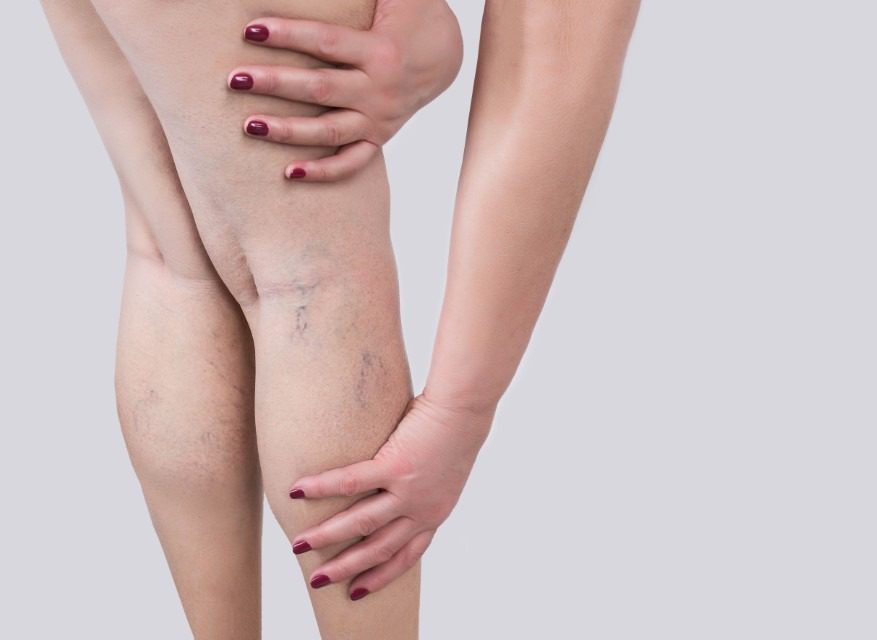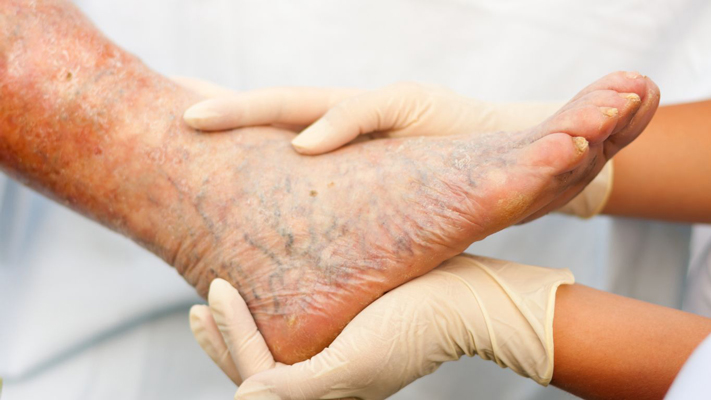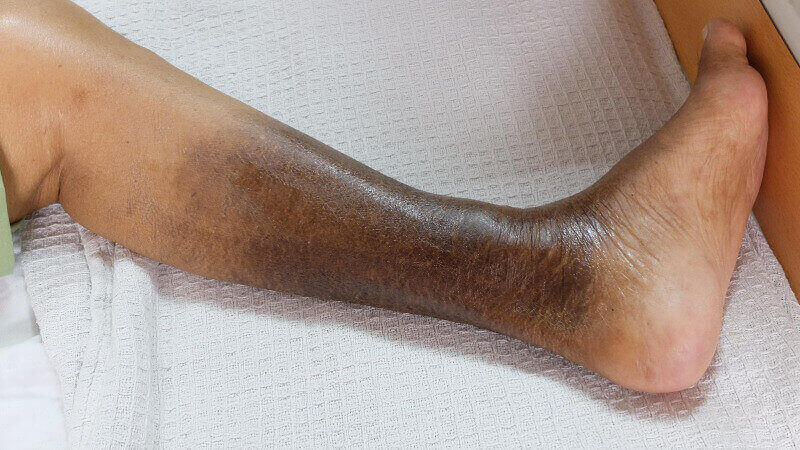If you experience symptoms suggestive of Deep Vein Thrombosis (DVT), seeking prompt medical attention is crucial. Contact a healthcare professional if you notice:
1-Persistent Leg Swelling: Unexplained and persistent swelling, especially in one leg, may indicate impaired blood flow and the potential presence of a blood clot.
2-Leg Pain or Tenderness: Pain or tenderness in the leg, particularly when standing or walking, could be a symptom of DVT.
3-Skin Discoloration: Changes in skin color, such as red or blue discoloration, may be associated with compromised blood circulation.
4-Warmth in the Affected Area: An unusually warm sensation in a specific area of the leg could be indicative of inflammation related to DVT.
5-Visible Surface Veins: Swollen and visible surface veins, particularly if they appear engorged or tender, may be a sign of underlying vascular issues.
6-Difficulty Breathing or Chest Pain: In severe cases, DVT can lead to complications such as pulmonary embolism. If you experience sudden difficulty breathing or chest pain, seek emergency medical attention.
7-History of Risk Factors: If you have known risk factors for DVT, such as a recent surgery, prolonged immobility, or a personal or family history of blood clotting disorders, be vigilant for symptoms and consult a healthcare professional promptly.
Early diagnosis and intervention are crucial for managing DVT effectively and preventing potential complications. If you are uncertain about your symptoms or have concerns, do not hesitate to contact your healthcare provider or visit the nearest emergency department. It’s essential to communicate any relevant medical history and follow the guidance of medical professionals for appropriate diagnosis and treatment.
For more information, consult Dr. Kunal Arora providing one of the best Deep Vein Thrombosis Treatment in Mumbai or you can contact us on 9892288400.




